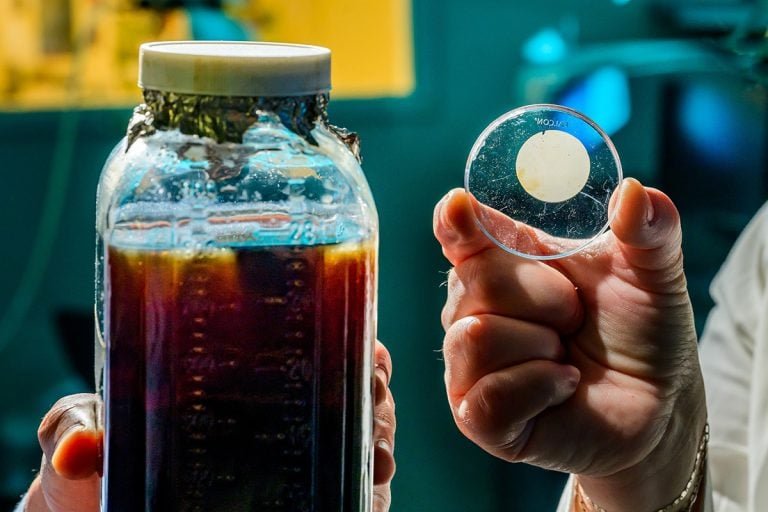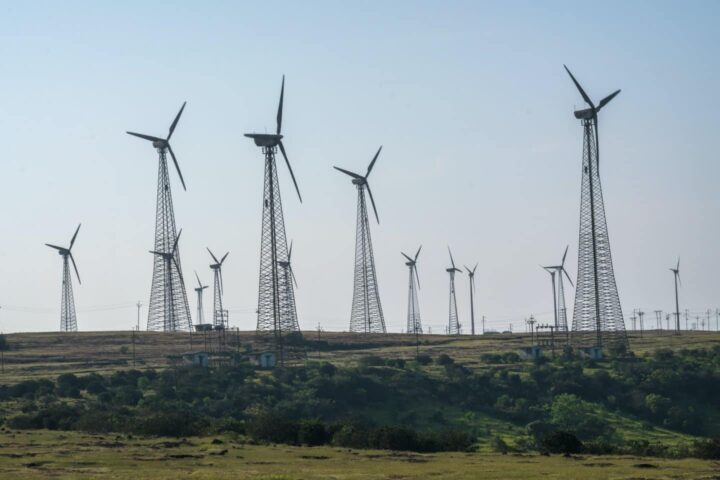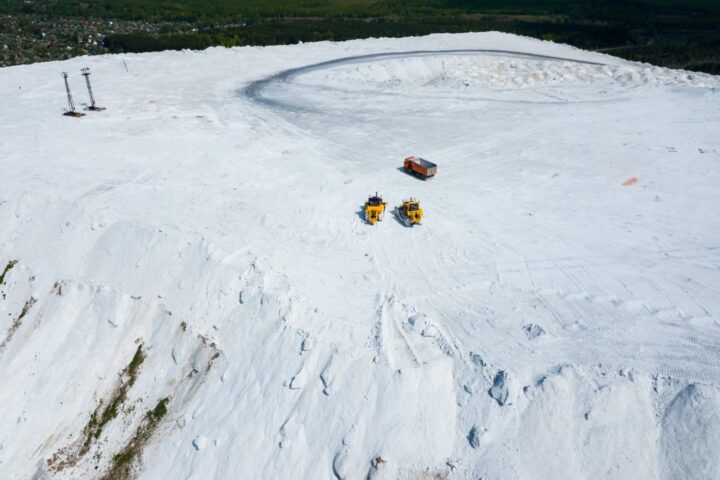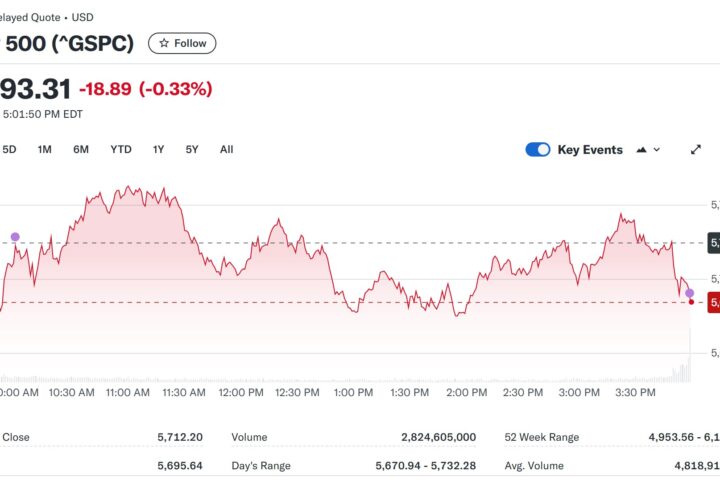A groundbreaking study by the University of Illinois at Urbana-Champaign has uncovered the alarming truth about microplastic and PFAS pollution. Researchers traced the fate of these contaminants from landfill leachate to wastewater treatment plants, revealing a disturbing cycle of accumulation and reuse.
The Study’s Findings
- Microplastics and PFAS accumulation: Contaminants accumulate in biosolids, which are then reused as fertilizer.
- Landfill retention: Landfills retain most plastic waste, but leachate contains high levels of PFAS.
- Wastewater treatment limitations: Treatment plants remove 99% of microplastics, but biosolids still contain contaminants.
- Environmental impact: 70% of biosolids are spread on croplands, reintroducing contaminants into the environment.
The Consequences of Interconnected Systems
“Landfills and wastewater treatment plants are usually studied separately, but in reality, those are combined systems,” said Andres Prada, research scientist. The study highlights the need for comprehensive understanding and regulation of biosolid disposal.
The Ubiquity of Pollution
Microplastics and PFAS are now detected in:
- Soil
- Water
- Human bodies
Breaking the Cycle
To address this issue, we must:
- Rethink waste management practices
- Develop effective biosolid treatment technologies
- Implement stricter regulations
Learn More
Read the full study in Science of the Total Environment.
Share Your Thoughts
How can we work together to break the cycle of microplastic and PFAS pollution? Share your comments below.

















